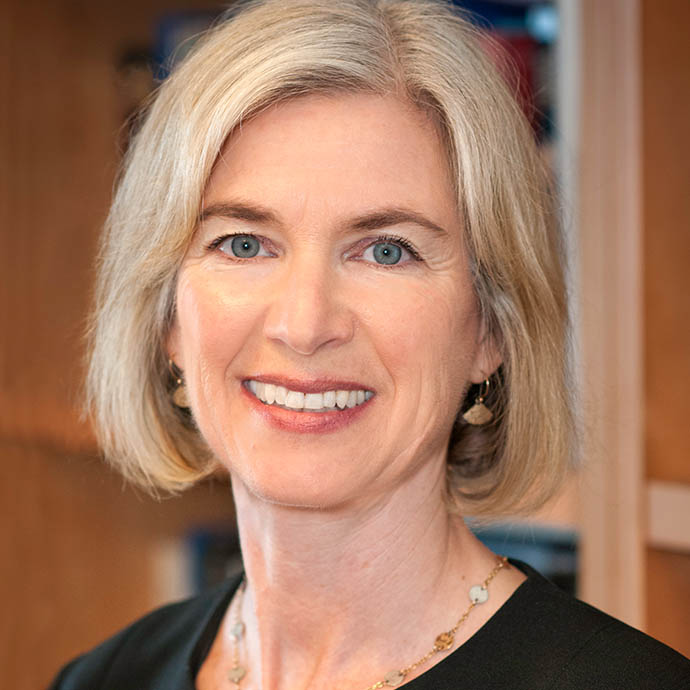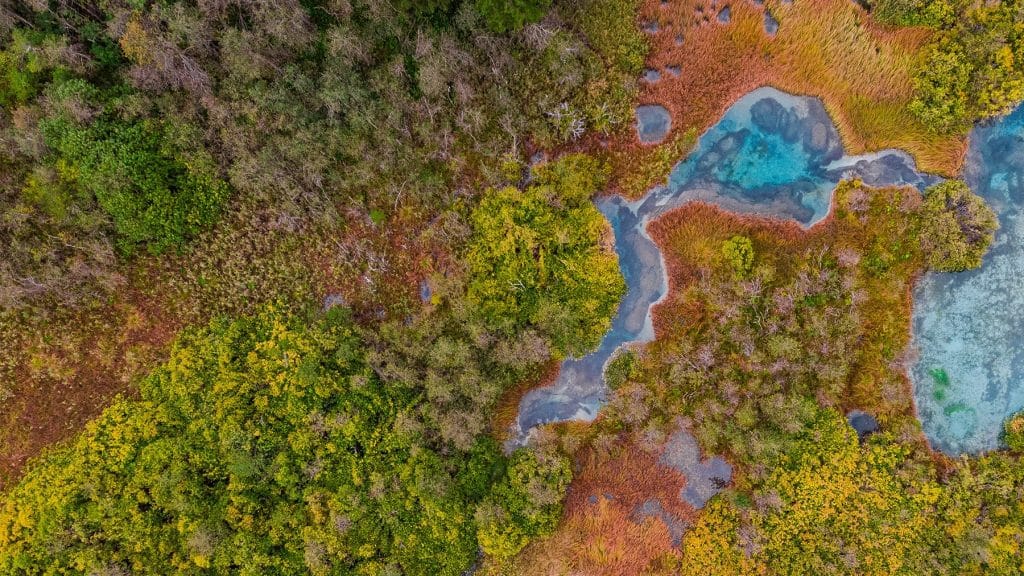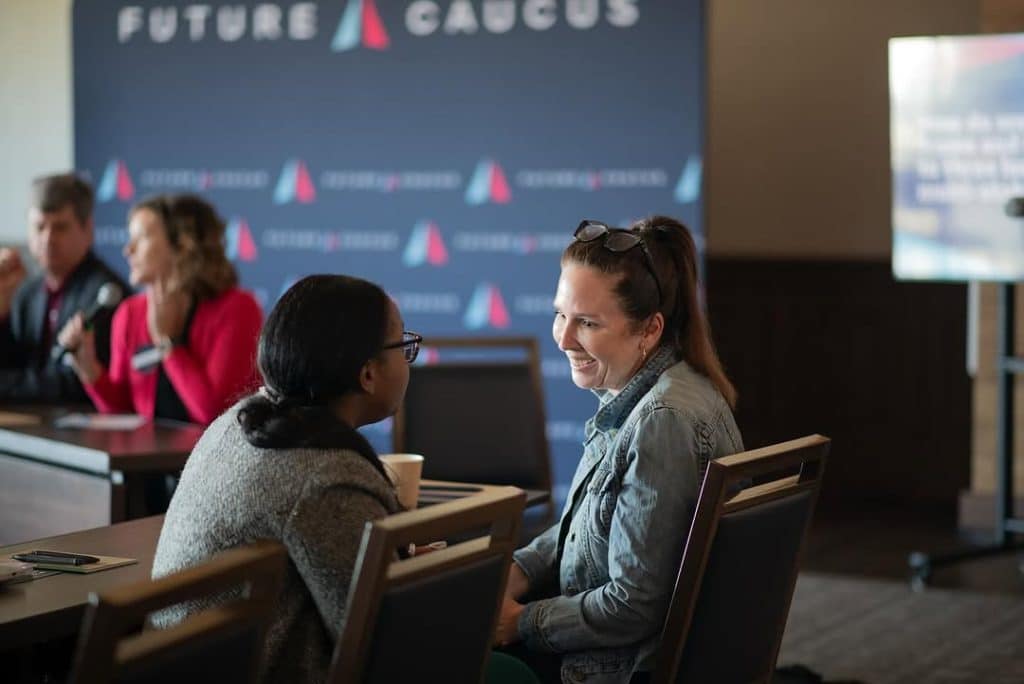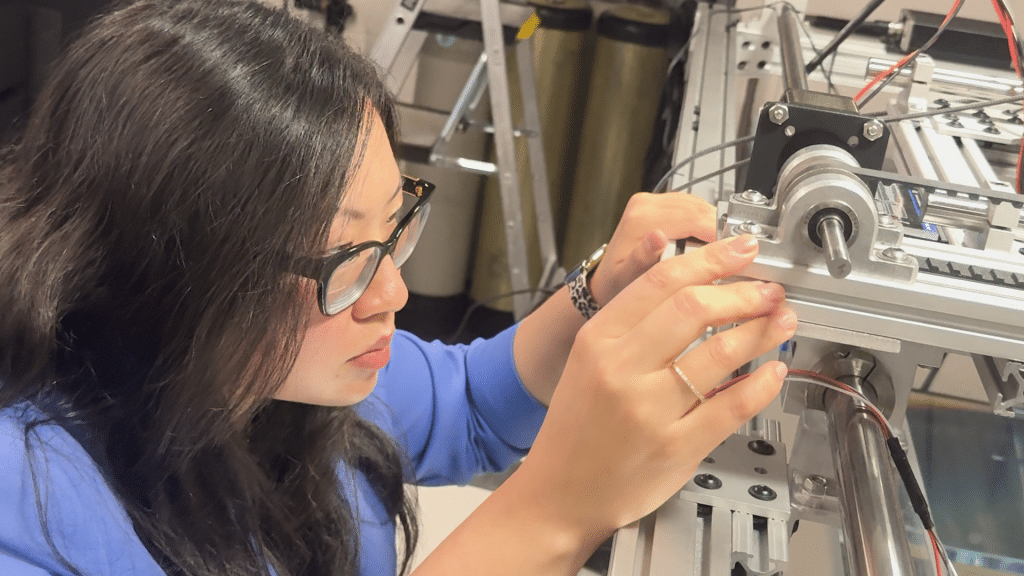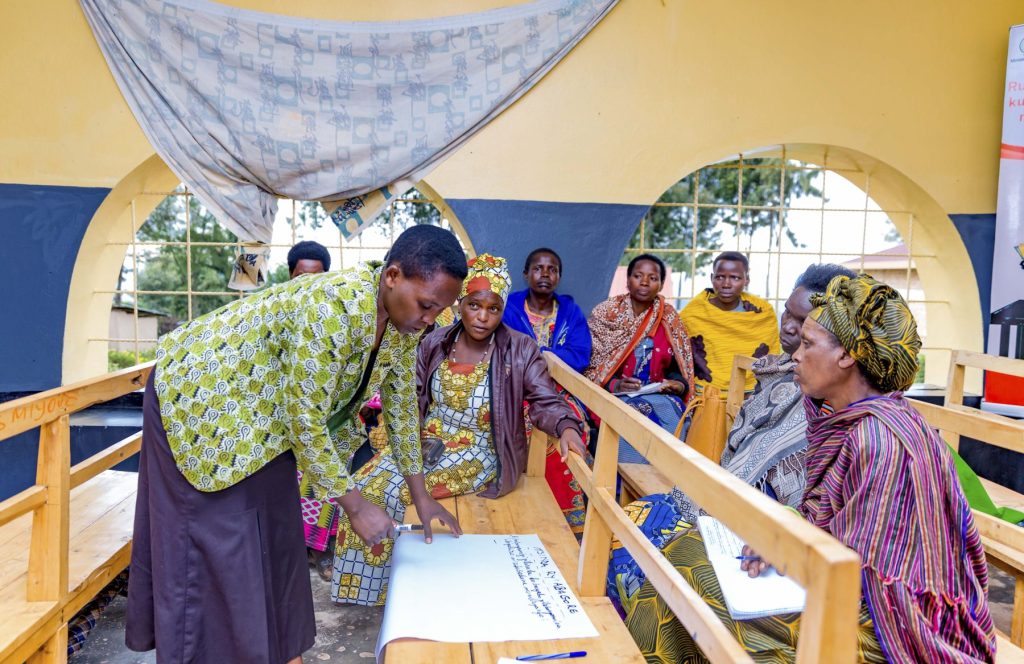“We have to be more engaged with the public, and we have to actively explain the importance of our work.”Before her lab’s discovery of the CRISPR-Cas9 gene editing technology revolutionized the way we think about curing disease and altering genetic material, before lengthy intellectual property battles in court over the patent for the technology, and before scores of articles about her life and work were published in outlets ranging from The New York Times to The Guardian to Science Magazine, Jennifer Doudna was an enthusiastic young college student waking up thinking about the fun she would have that day in the laboratory. “That work was for me,” says Jennifer, recalling her summer at Pomona College working with her undergraduate advisor and mentor, Sharon Panasenko, who was exploring cell-to-cell communication in bacteria.
“I remember that summer being a ton of fun, just getting up every morning to see the results of my previous day’s work and setting up experiments. It was really, really fun.”Did she know at that point she’d dive into academia? “Definitely not,” she laughs. “I didn’t think that far ahead in that way. I was pretty focused on what I knew I enjoyed doing in science.” Since those college days, Jennifer has become a world-famous biochemist, elected to four separate national science academies, awardee of national and international accolades, and recipient of the Breakthrough Prize in Life Sciences, as well as the Alan T. Waterman Award (the National Science Foundation’s highest honor). Her determination, her pursuit of her passions, and a little bit of serendipity have led her to discoveries that have changed her life, and perhaps even the trajectory of human history.
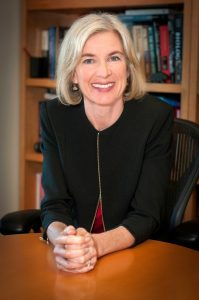
A Determined Mindset
From the age of seven, Jennifer was raised in the small, rainy town of Hilo, Hawaii, on the state’s largest island. With volcanoes and lush landscapes practically at her doorstep, she has fond memories of her upbringing. Her father taught American Literature at the University of Hawaii, and her mother, who also had a Master’s in Education, stayed at home with Jennifer.
“My family was quite intellectual growing up,” she recalls. “We all read books and listened to music and discussed ideas around the dinner table.”
Jennifer dove headfirst into her love of science and math. “I knew even in elementary school I really enjoyed math and the quantitative aspect of learning,” she says. She also remembers the mentorship of a beloved high school chemistry teacher, Ms. Wong, who taught her that science, at its core, is about answering questions.
“I loved the idea of discovery and the process of discovery, so I began wondering if I could be a scientist someday,” Jennifer says.
At a very young age, Jennifer also read The Double Helix: A Personal Account of the Discovery of the Structure of DNA, written in 1968 by James Watson. To this day, she can picture the dog-eared copy of the book her father gave her, and she remembers how it introduced her to experiments that examine the structure of molecules.
But when it came time to make long-term decisions in high school, Jennifer’s guidance counselor told her, “Girls don’t do science.”
This was the fuel for Jennifer’s fiery determination. “I’m a pretty stubborn person, for better or worse,” she admits. “I don’t like to be told that I can’t do something. Sometimes, that can make me all the more determined to try.”
Serendipity Steps In
Jennifer attended Pomona College in southern California, where she majored in chemistry with a focus on biochemistry—a brand new area of study at the time. After her inspirational and fun summer in Sharon’s lab, Jennifer found herself among a sea of peers applying to medical school, but in her heart, she knew she wanted to be a professional scientist. She applied to Harvard Medical School, but on the PhD track rather than the MD track.
“I’ll never forget—my grandfather lived in Connecticut, and I remember going to visit him my first year of graduate school in 1985,” Jennifer recalls with a laugh. “My grandfather had graduated from Harvard Law School. He was a lawyer, and he was happy I was going to his alma mater, but he said, ‘You’re at the medical school but you’re getting a PhD—when are you going to be a real doctor?’”
In graduate school, Jennifer was a member of the first class of PhD students in the new multidisciplinary Biological and Biomedical Sciences (BBS) program. “For me,” Jennifer says, “it became about fundamental science and pursuing my curiosity about nature and the world.” She developed an interest in RNA molecules, so when she graduated and searched for postdoc positions, she sought out the top RNA researcher she could find—former Packard Foundation Fellows Program Advisory Panel Member Thomas Cech.
But Jennifer readily admits that she had another ally on her side—luck.
“When I look back at my career,” she says, “there have been a lot of serendipitous things that happened.”
“I got exposed to people and ideas and it worked out in ways I couldn’t have planned.”
While studying in Thomas’s lab in Boulder, she met Joan Steitz of Yale University, who happened to be on sabbatical in Boulder at the same time. Jennifer credits Steitz’s influence for leading to her subsequent experiments at Yale and her first academic job. “I wouldn’t necessarily have gone in that direction or have known how great it was at Yale if I hadn’t had that experience in Boulder,” Jennifer says.
“It’s true that in life you get exposed to opportunities, and you have to decide,” she explains. “That’s one of the things true of academic research, too. We have opportunities to work on scientific problems that we find interesting and we might get exposed to, but we can’t necessarily predict where that path is going.”
“I’ve always enjoyed that aspect of science—that in five years I’m not sure what I’ll be doing.”
In 1996, while she was still at Yale, Jennifer received the Packard Foundation Fellowship. “One of the things that’s quite special about the Packard Fellowship,” she says, “is that it’s flexible funding, so it allows the recipient to use it for very broadly-defined science.” Jennifer recalls using some of her Fellowship funding to take her whole lab on retreats. They’d spend a weekend away talking casually about their work or interesting articles they had read. To this day, Jennifer appreciates the community of scientists she was able to build thanks to those retreats.
Suddenly Famous
Jennifer focused her research on the structure and biological function of RNA enzymes called ribozymes, exploring ways to crystallize them so that she could better understand their structure. She accepted a faculty position at the University of California, Berkeley in 2002 and steadily continued her pursuit of RNA research.
It was in 2012, while studying the basic science of how bacteria fight off viral infections, that Jennifer’s team developed the CRISPR-Cas9 gene editing technique. Bacteria use CRISPR (a family of bacterial DNA sequences) to detect viral DNA and to destroy it in a specific way, using the Cas9 protein. In exploring Cas9, Jennifer and her colleagues discovered that they could actually control Cas9’s functions using RNA, so that scientists could delete or add DNA to cells with “incredible precision,” as she explains in her TED talk.
As Jennifer tells it, the story of CRISPR is one of basic scientific research morphing into something with direct applications.
“In many ways,” she reflects, “that resonates with the purpose of the Packard Foundation’s support—to encourage scientists to pursue interests and follow them in the way science tells them to go.”
With startups already devoting energy to commercializing the technology and clinical trials for cancer patients already underway, Jennifer is astonished by how quickly the CRISPR technology is progressing. Using CRISPR, scientists have already used gene editing to successfully remove HIV from a living organism across three different animal models, slow the growth of cancer cells, and make viruses force stubborn bacteria to kill themselves. Jennifer anticipates genome editing as a next step and suggests that diseases of the eye and sickle cell anemia may be some of the first to be tackled by CRISPR.
When the discovery was announced, it made headlines around the globe and threw Jennifer into the spotlight. But not all of the attention was positive.
“When I think back to my younger self,” Jennifer reflects, “I would have been completely mortified to look to the future and see what would be coming at me.”
The CRISPR-Cas9 system has opened the door to possibilities the world will need time to understand. If scientists can determine the genetic blueprints for traits like eye color or height, people could one day actively choose for or against any traits that they desire. As Jennifer puts it, this could one day lead to manufacturing “designer humans.” Given the numerous sensitive questions that these possibilities pose, Jennifer called in 2015 for a global pause on any clinical application of the CRISPR technology in human embryos.
“I began to really worry that there would be uses of CRISPR technology that were racing ahead without the opportunity for discussion,” she says. “That was quite sobering—to realize that work that came out of our lab was responsible for that. I felt a personal responsibility to get involved in that discussion for the use of genome editing and where it was going, especially for human beings.”
Science and Society
Jennifer believes scientists have a crucial role to play in ethical debates surrounding their research.
“For one thing, we’re the ones who really understand the technical details and therefore the real versus perceived or imagined risks,” Jennifer explains. “The other thing is that . . . there’s a real disconnect between scientists and our society, and a distrust of science. Part of that is the fault of scientists.”
“We have to be more engaged with the public, and we have to actively explain the importance of our work. Otherwise, people feel that science doesn’t matter to them.”
Leading by example, Jennifer found herself learning on the fly how to communicate with the public about her work and its implications, how to talk to reporters, and how to handle the influx of questions every day. “I found the Packard Foundation to be very interested and very supportive of that,” she recalls, specifically mentioning a communications training offered to some Packard Fellows a few years back.
In addition to continuing with her research and participating in the debate swirling around CRISPR, Jennifer also found herself in the midst of a legal battle for the patent of the technology. But through it all, she continued to adapt so that she could press ahead.
“For better or worse,” she admits, “I view those sorts of challenges through the lens of an educator, and I’m the student on the learning curve, so I don’t always get it right. I try to meet those challenges with a sense of adventure and transparency. I also try to keep a sense of humor. Sometimes that’s hard, but I try to take the long view of things.”
Science and Society
Jennifer believes scientists have a crucial role to play in ethical debates surrounding their research.
“For one thing, we’re the ones who really understand the technical details and therefore the real versus perceived or imagined risks,” Jennifer explains. “The other thing is that . . . there’s a real disconnect between scientists and our society, and a distrust of science. Part of that is the fault of scientists.”
“We have to be more engaged with the public, and we have to actively explain the importance of our work. Otherwise, people feel that science doesn’t matter to them.”
Leading by example, Jennifer found herself learning on the fly how to communicate with the public about her work and its implications, how to talk to reporters, and how to handle the influx of questions every day. “I found the Packard Foundation to be very interested and very supportive of that,” she recalls, specifically mentioning a communications training offered to some Packard Fellows a few years back.
In addition to continuing with her research and participating in the debate swirling around CRISPR, Jennifer also found herself in the midst of a legal battle for the patent of the technology. But through it all, she continued to adapt so that she could press ahead.
“For better or worse,” she admits, “I view those sorts of challenges through the lens of an educator, and I’m the student on the learning curve, so I don’t always get it right. I try to meet those challenges with a sense of adventure and transparency. I also try to keep a sense of humor. Sometimes that’s hard, but I try to take the long view of things.”
